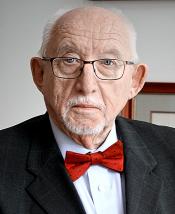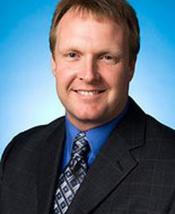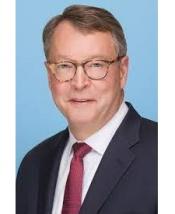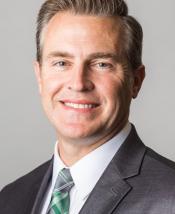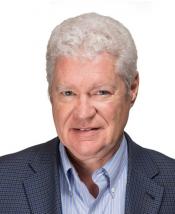The Transmission Imperative and the New DOE Initiative
On January 12, the Department of Energy launched its "Building a Better Grid" initiative, designed to set in motion a huge expansion of the nation’s electric grid with upgrades and new transmission lines.
In announcing this initiative, DOE said: “Independent estimates indicate that we need to expand electricity transmission systems by 60 percent by 2030, and may need to triple it by 2050.”
Utilities across the West with large solar installations are battling overproduction during the day with no way to utilize the excess power, producing a so-called duck curve. That electricity is going to waste because it can’t move to markets.
The Biden administration, through various programs, will be deploying more than $20 billion to expand and upgrade transmission.
How will the funds be applied? What will the federal role be? How soon will new construction start? How will rights-of-way be secured when they have met fierce, local opposition in the past? What will be the balance between DOE, the Federal Energy Regulatory Commission (FERC), and the utilities - and who will coordinate?
USEA has assembled a panel of experts to talk about this new DOE initiative. They will be questioned by a panel of knowledgeable reporters. USEA Acting Executive Director Sheila Hollis will give opening remarks, and Llewellyn King, who organized this briefing, will moderate.
Panelists
Philip Moeller, Executive Vice President, Edison Electric Institute
Duane Highley, CEO, Tri-State Generation and Transmission Association
Lanny Nickell, Executive Vice President & COO, Southwest Power Pool
Elliot Mainzer, President & CEO, California ISO
Reporters
Rod Kuckro, Freelance
Ken Silverstein, Forbes
Markham Hislop, Energi Media
Jennifer Hiller, The Wall Street Journal


